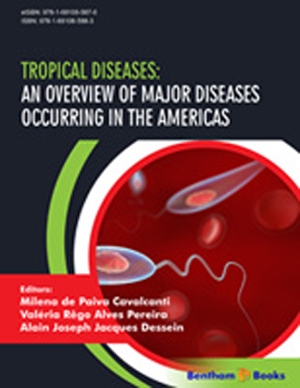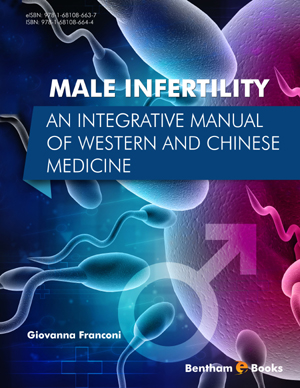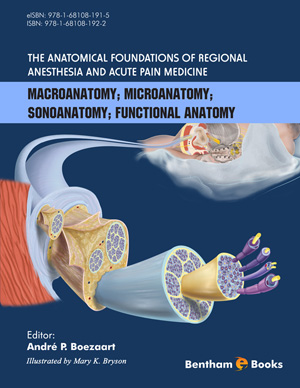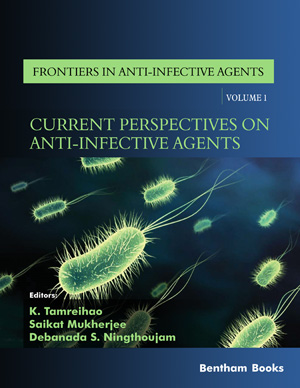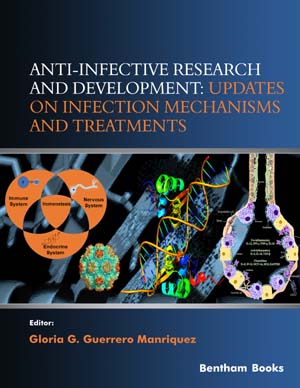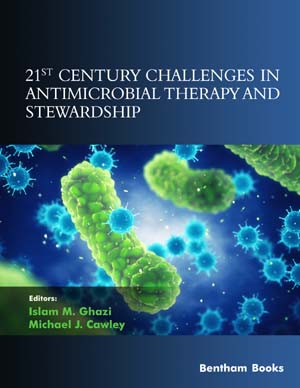Abstract
The Trypanosomatidae family is composed by protozoan parasites responsible for causing a variety of human and non-human diseases, of varying gravities, in both new and old worlds. The distribution and adaptation of the trypanosomatids in tropical and subtropical countries, as well as the usual habitats of vectors commonly favour contamination of poor neglected populations, despite the increasing expansion to peri-urban and urban areas, thus reaching other social and economic realities. Illnesses like leishmaniasis and American trypanosomiasis (or Chagas disease) share the fact that both have a great diversity of reservoirs associated to the cycle of the parasites, which include synanthropic mammalians and the Homo sapiens itself. Therefore, to an efficient epidemiological control, the continuous search for new human cases, as well as the monitoring and controlling of infected animals is fundamental. The laboratorial techniques routinely used for detection of these diseases may vary from simple parasitological analysis to cutting-edge molecular technology. Due to its easiness and diagnostic sensitivity, the immunology/serology is broadly applied in the laboratories and also in field, even with its limitations. The molecular biology and its tools are emerging as sensitive and specific alternative strategies for the trypanosomiasis diagnosis, but some challenges still remain, especially concerning the standardization of protocols and the establishment of gold-standard procedures. New serological and molecular methods arise annually aiming to overlap deficiencies that may reduce the feasibility for applying in routine and in epidemiological researches. In this chapter, the past and current diagnostic situation of leishmaniases, Chagas disease and Human African trypanosomiasis (HAT) or “sleeping sickness” will be described, highlighting the technological advances and the difficulties to be faced for the next years, mainly regarding the applicability for public health.
Keywords: African trypanosomiasis, American trypanosomiasis, Diagnosis, Leishmaniases.


